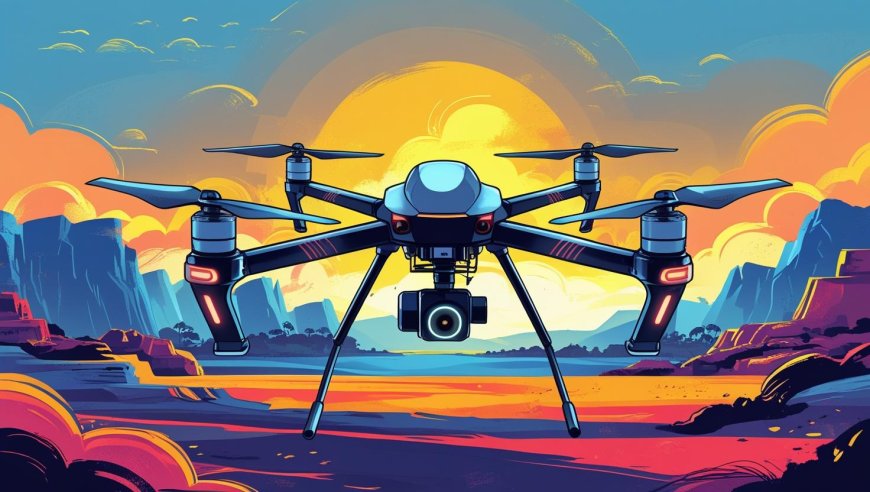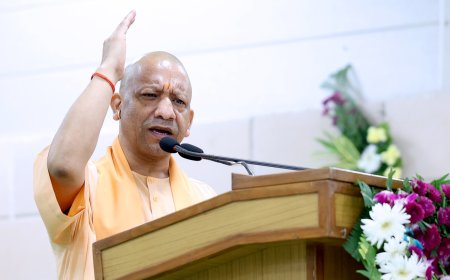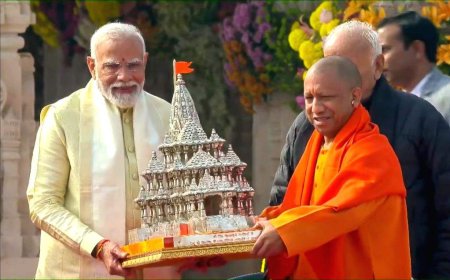Airborne Advantage: Why India’s Drone Doctrine Matters Now

Arijit Bose
In the era of unmanned warfare—where stealth, precision, and speed decide victories—India is scripting a new defense narrative from the skies. Drones, once passive surveillance tools, are now frontline warriors redefining global military doctrines. The July 2025 skirmishes during Operation Sindoor with Pakistan and the ongoing Ukraine-Russia war underline one truth: the battlefield has moved to the skies, and India is rising to meet it.
Building a Sky-High Arsenal
India’s drone ecosystem is undergoing a powerful transformation. With over 2,500 UAVs deployed and nearly ₹3,500 crore ($421 million) spent by mid-2024, the country’s intent is clear—dominate the unmanned domain. Israeli Heron and Harop drones serve high-altitude surveillance roles, while indigenous options like Nagastra and Drishti 10 Starliner support naval and border operations.
The game-changer is the $4 billion deal for 31 MQ-9B Predator drones from the U.S.—aircraft capable of flying 40 hours straight at 40,000 feet. These hunter-killers enhance India’s strike capabilities, especially in difficult terrains like Ladakh and the Andaman Sea.
DRDO is leading the indigenous push with the stealthy Ghatak UCAV, tested in 2023, featuring autonomous landing and in-built missile bays. Meanwhile, Bengaluru-based NewSpace Research & Technologies has developed swarm drones—75 demonstrated in 2021—that could redefine air combat with coordinated AI-driven strikes. These advances are backed by iDEX, a defense innovation program supporting over 550 drone startups—India’s "Silicon Valley of the skies."
After the Jammu Wake-Up Call: Defense Takes Wing
The 2021 drone attack on Jammu Air Force base was a rude awakening. India’s response has since evolved from reactive to proactive. DRDO-developed counter-drone systems, licensed to Bharat Electronics Limited (BEL), are now deployed across critical zones. These include “soft kill” jammers and “hard kill” anti-drone missiles.
In 2025, India tested Bhargavastra, a cost-effective anti-swarm system by Solar Defence and Aerospace Limited (SDAL), built to neutralize kamikaze drones and mass assaults. The Army is also retrofitting T-90 and T-72 tanks with mobile counter-drone platforms for high-altitude and rugged terrains.
The Integrated Air Command and Control System (IACCS), combined with radar and RF sensors, now provides a layered defense grid covering borders, airports, and civilian infrastructure.
Lessons from the World: From Donbass to Sindoor
India’s drone doctrine goes beyond acquisition—it incorporates global lessons. The Ukraine war and Azerbaijan’s success with Turkish Bayraktar drones in Armenia have reshaped military thinking.
In May 2025, during Operation Sindoor—a response to the Pahalgam terror attack—India used Harop and SkyStriker drones to destroy enemy infrastructure with surgical precision. Simultaneously, Indian defense forces intercepted or neutralized over 300 Pakistani drones using their upgraded air defense systems.
Military analyst Lt. Gen. Vinod Bhatia (Retd) remarked, “Drones today are what tanks were in 1940—disruptors of conventional thinking.” India is also advancing in Directed Energy Weapons (DEWs) and Electronic Warfare (EW), with the aim of countering $1,000 drones using $100 solutions—cost-effective and scalable defenses.

Reducing Dependency, One Propeller at a Time
Despite significant progress, India still relies on imports for critical drone components—many from China, which controls 80% of the global drone supply chain. Given China’s close ties with Pakistan, this dependency poses strategic risks.
In response, India banned Chinese drone imports in 2022 and restricted Chinese-made components in 2023. In 2025, a ₹1,900 crore ($234 million) incentive scheme was introduced to encourage domestic production. Mumbai-based ideaForge has already delivered over 2,000 UAVs to security forces. Tata Advanced Systems, Adani Defence, and HAL are rapidly scaling production. HAL’s CATS Warrior drone—a manned-unmanned hybrid—enters trials in 2026, aiming to redefine air operations.
Challenges in the Fog of War
India’s drone ambitions still face obstacles. China remains the global leader, exporting to over 50 countries and integrating drones across land, sea, and air. For India, scaling up local manufacturing, ensuring quality, and securing UAVs against cyber threats are critical challenges.
Operationally, the Indian military must fine-tune its drone doctrine, clarifying roles across services to avoid overlap and ensure cohesive battlefield deployment.
On the diplomatic front, India is exploring confidence-building measures with Pakistan—including AI-powered transparency protocols and real-time communication systems—to avoid inadvertent escalation in future drone engagements.
Where Machines Meet Strategy
India’s drone doctrine is more than a technological shift—it’s a philosophical one. It blends sovereignty with smart alliances, balances cost with combat capability, and ensures human soldiers and unmanned systems operate in strategic sync.
As Chief of Defence Staff Gen. Anil Chauhan stated, “We are on the cusp of a shift—from humans vs. humans to humans vs. machines… and eventually, machines vs. machines.”
In this unfolding unmanned theater, India’s approach is deliberate and forward-looking. With airfields as launchpads and startups as innovation labs, the sky is no longer the limit—it’s the next battlefield. And India is ready.
What's Your Reaction?














































